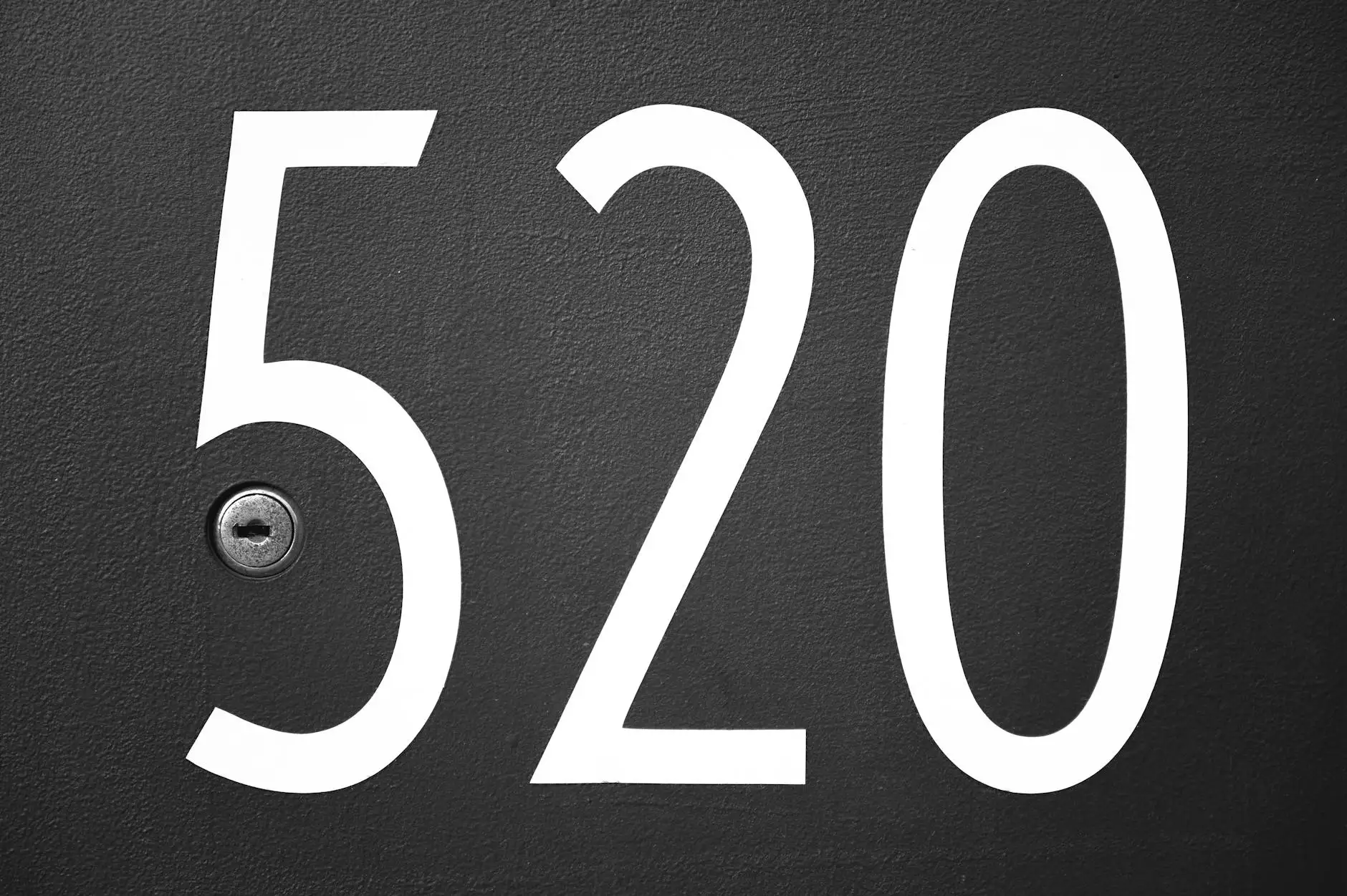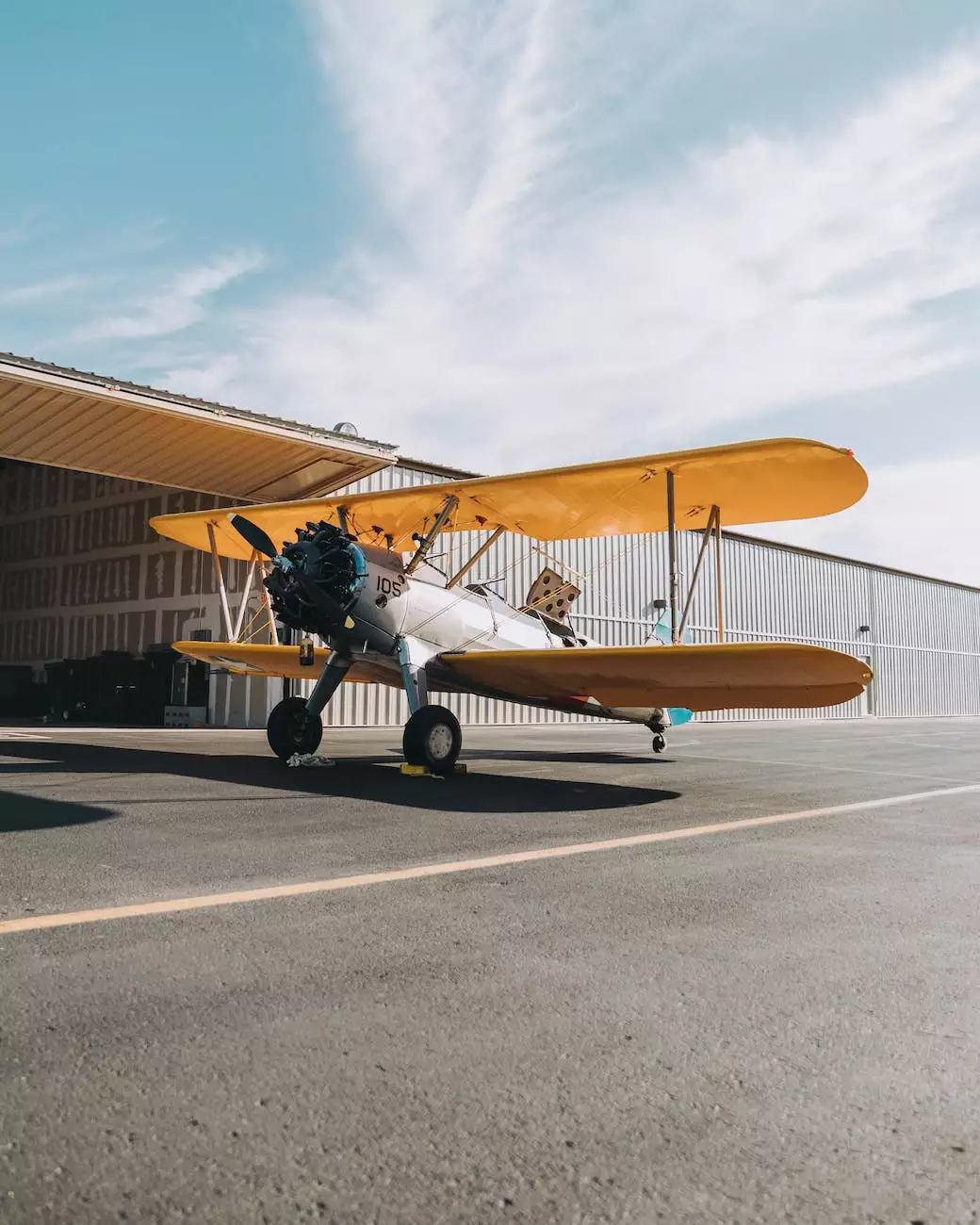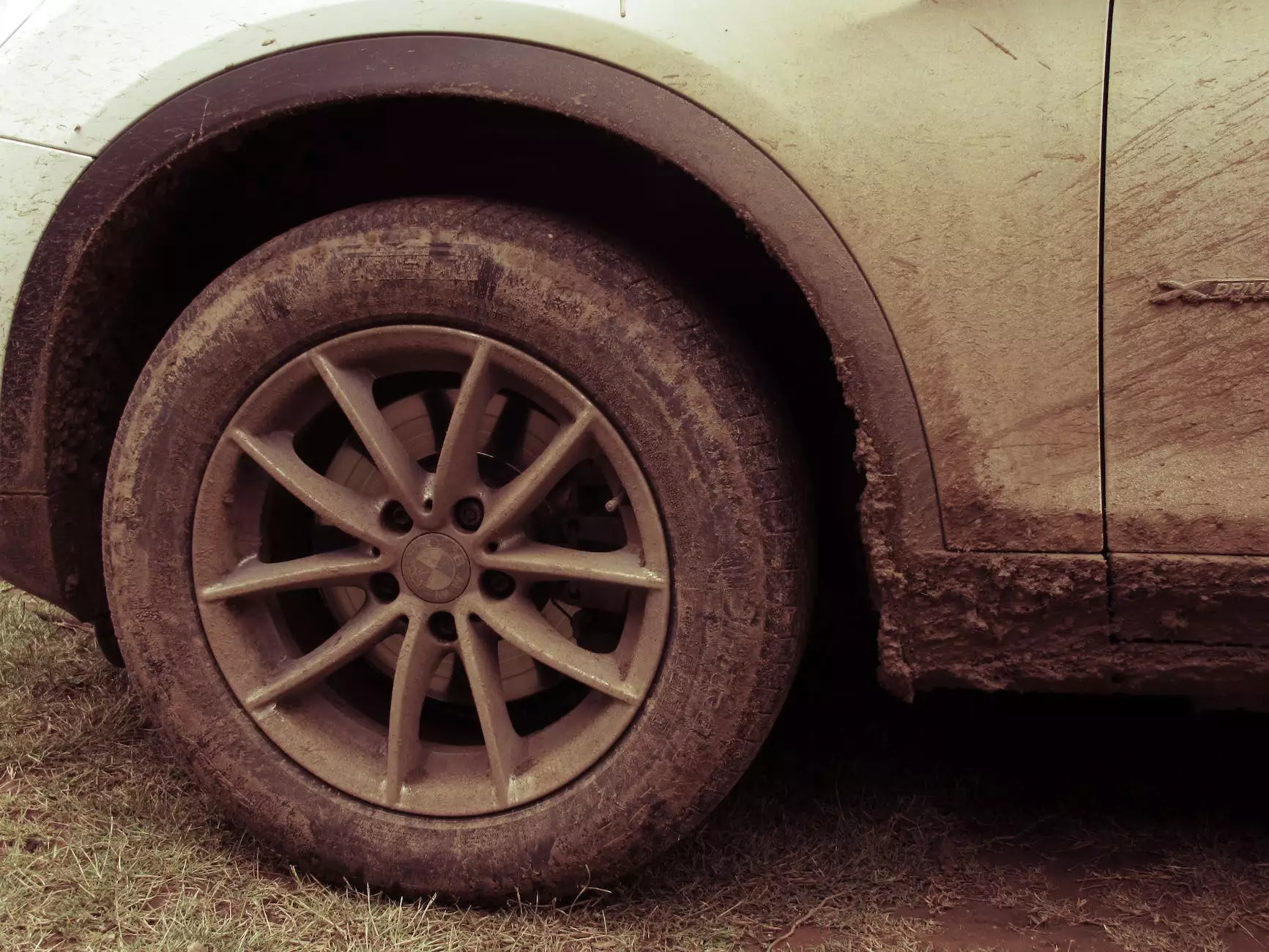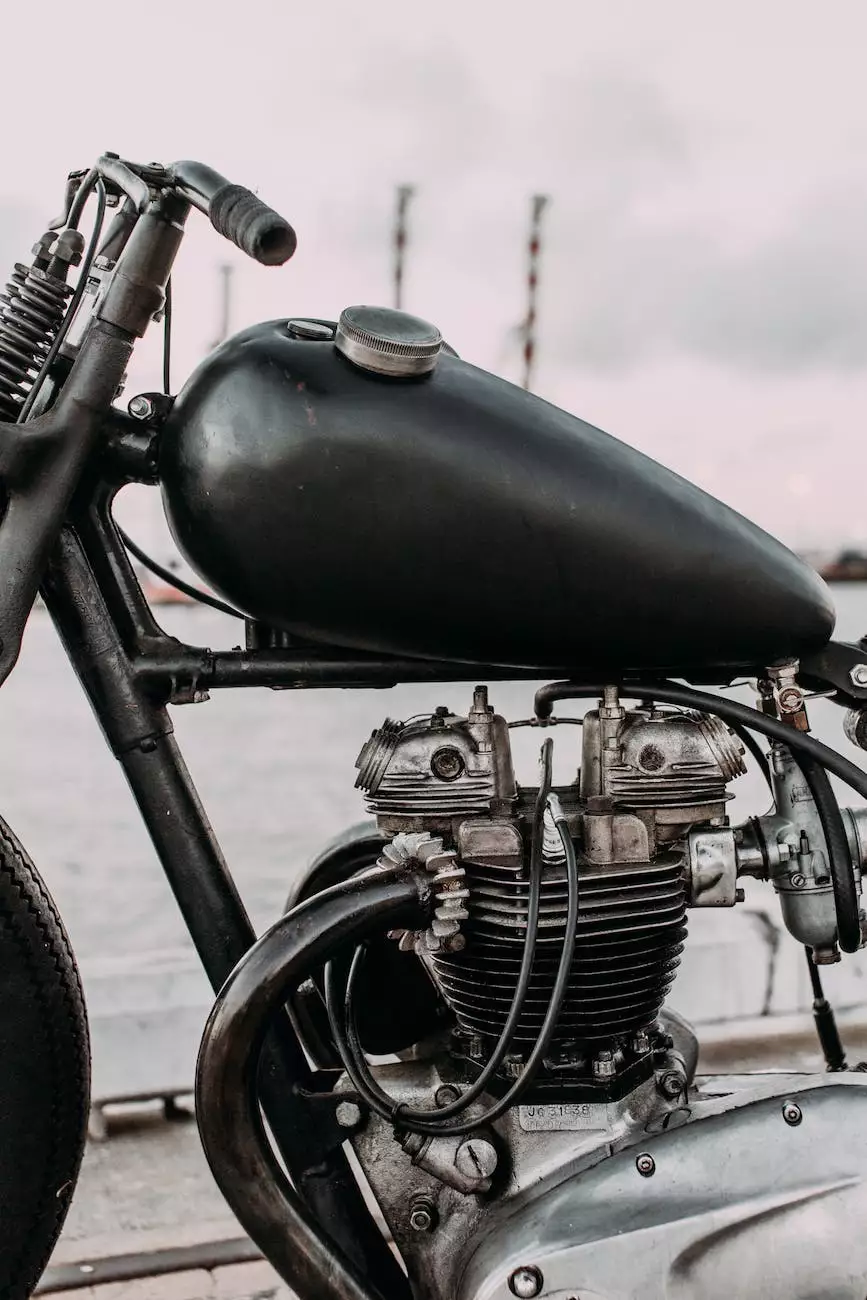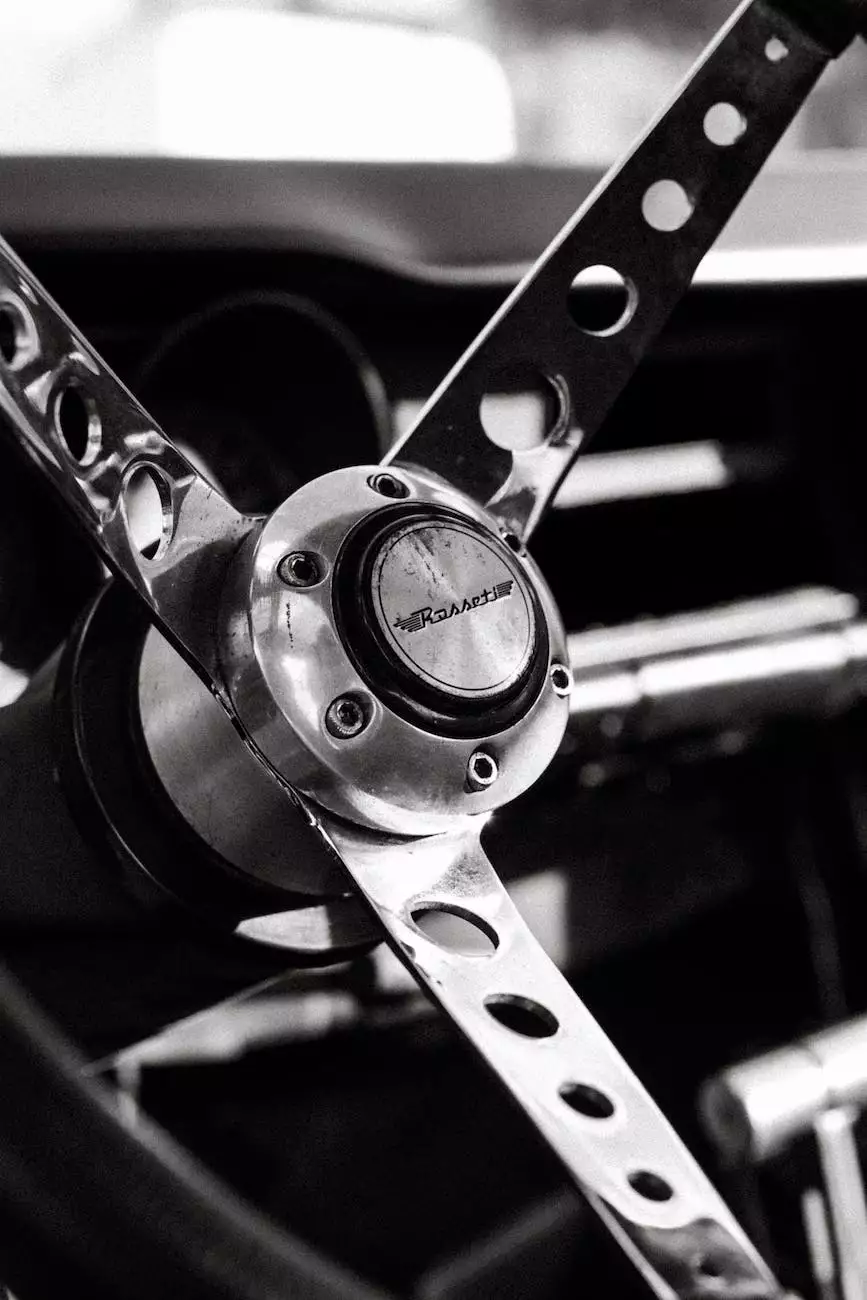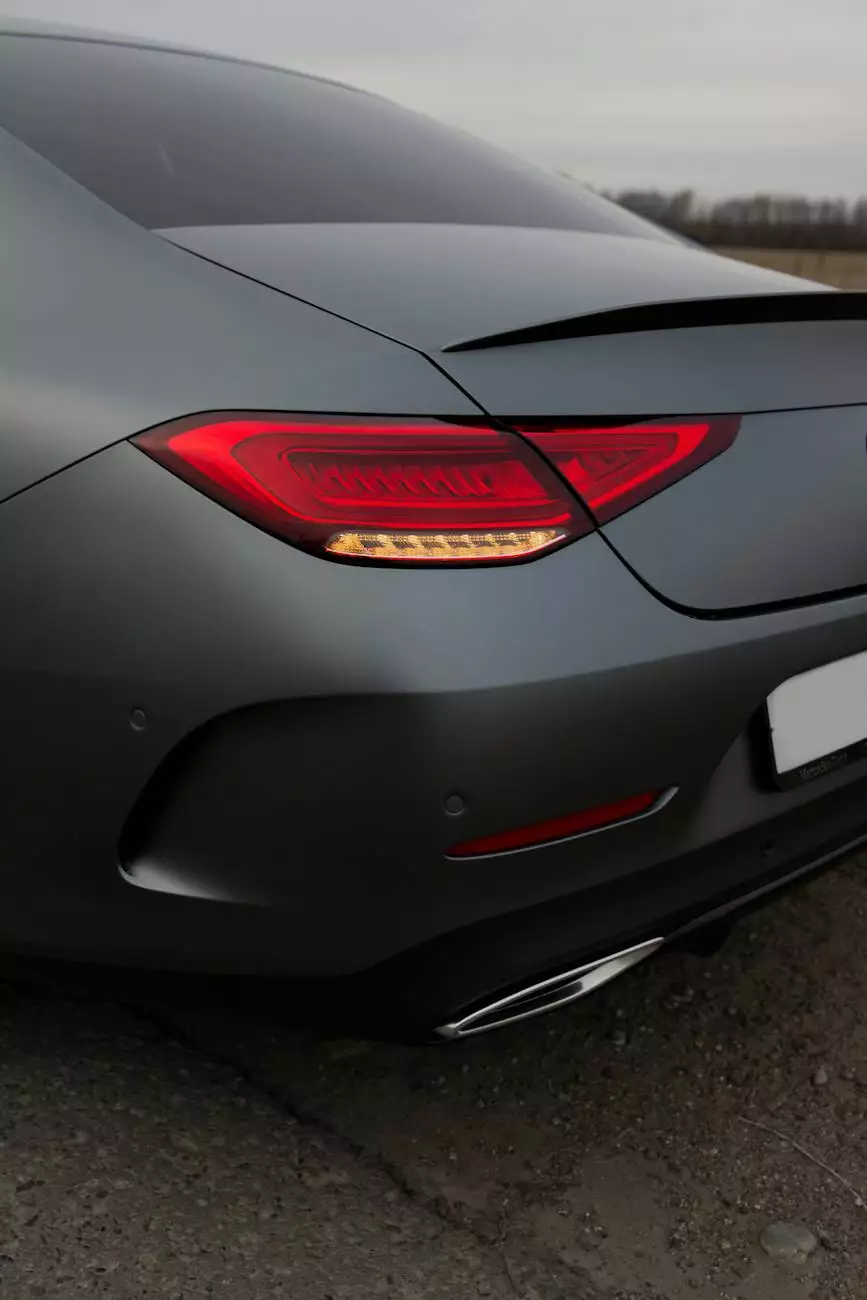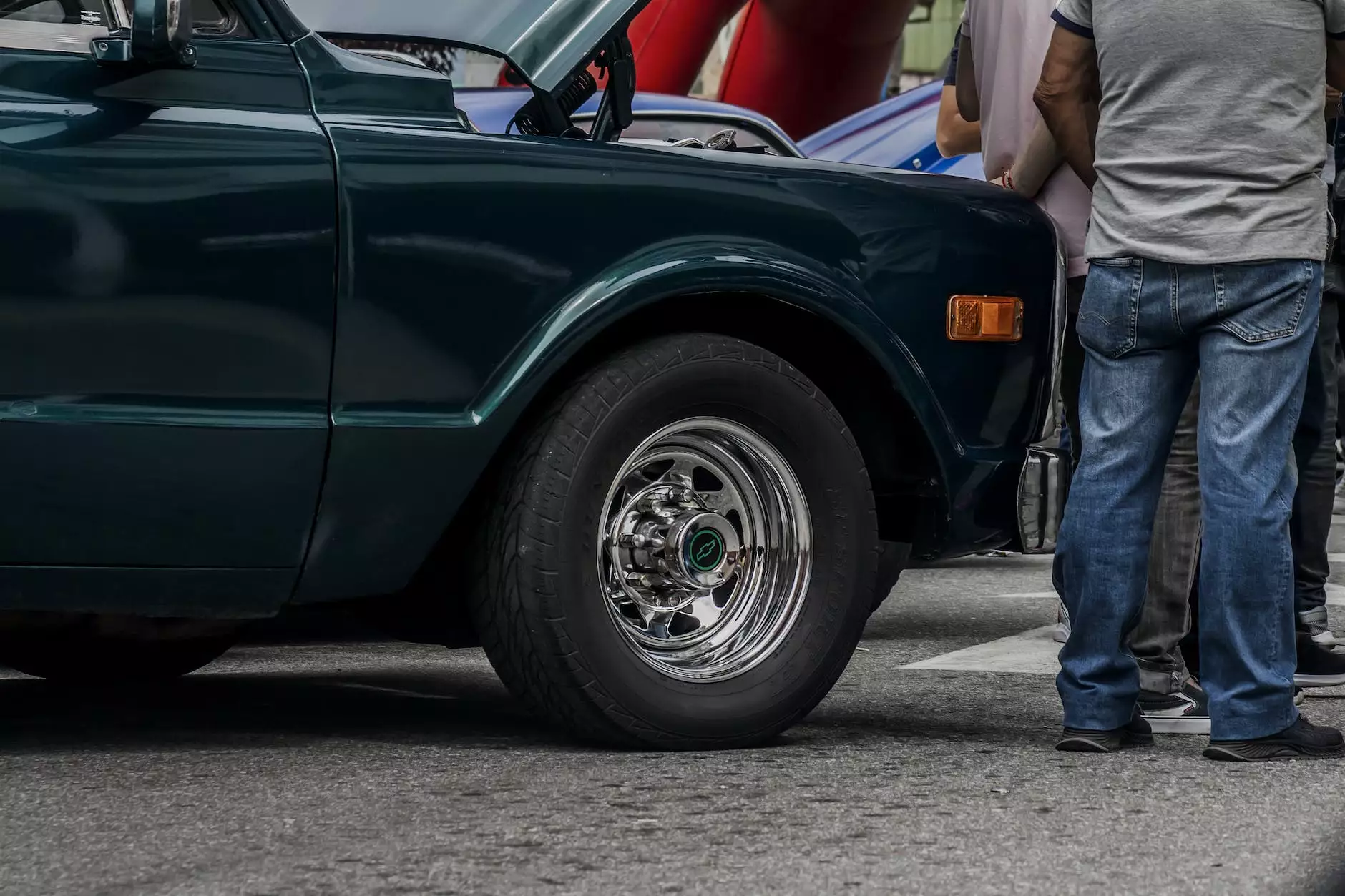Things to Keep in Mind For Muscle Car Restoration
Restorations
Are you an automotive enthusiast looking to restore your beloved muscle car? Look no further! BK Autosports, a trusted name in the Vehicles - Automotive Industry, is here to provide you with a comprehensive guide on the things you need to keep in mind for a successful muscle car restoration.
1. Research and Planning
Before diving into the restoration process, it is essential to conduct thorough research and create a solid plan. Understand the specific model and year of your muscle car, gather information about its original specifications and unique features, and decide on the level of restoration you want to achieve.
A well-planned restoration project will help you stay organized, set realistic goals, and ensure that you have all the necessary resources and budget in place.
2. Assessing the Condition
The next step is evaluating the current condition of your muscle car. Inspect the body, engine, suspension, and interior for any signs of damage or wear. Create a detailed checklist and prioritize the areas that require immediate attention.
Identifying the extent of restoration needed will help you allocate your time, effort, and budget effectively. It will also help you determine whether certain parts can be repaired or need to be replaced altogether.
3. Finding Genuine Parts
As a muscle car enthusiast, you understand the value of authenticity. Finding genuine parts for your vehicle can be a challenging task, but it is crucial to preserving the originality and value of your car.
Reach out to reputable suppliers, specialized forums, and online marketplaces dedicated to car restoration. Joining car enthusiast communities and attending classic car events can also help you connect with fellow enthusiasts who may have valuable insights or spare parts for sale.
4. Hiring a Professional or DIY?
Restoring a muscle car requires a combination of expertise, time, and dedication. Deciding whether to hire a professional restoration shop or undertake the project yourself is a critical choice to make.
If you have the necessary skills, tools, and experience to handle the restoration process, going the DIY route can be a rewarding and cost-effective option. However, if you lack the expertise or want a high-quality finish, entrusting the restoration to a reputable professional can ensure optimal results.
5. Preservation vs. Modification
When restoring a muscle car, you need to decide whether to preserve the car's original specifications or introduce modifications to enhance performance and aesthetics.
Preservation aims to maintain the car's originality, keeping it true to its era and ensuring historical accuracy. On the other hand, modification allows you to incorporate modern upgrades, such as engine enhancements, improved brakes, or custom interiors. The decision ultimately depends on your personal preferences and intended use for the restored muscle car.
6. Bodywork and Paint
The bodywork and paint phase can significantly impact the appearance and value of your muscle car. Properly repairing rusted or damaged body panels, removing imperfections, and achieving a flawless finish requires skilled hands and attention to detail.
Choosing the right paint color and finish is also important. Whether you want to replicate the car's original color or opt for a custom look, consult experts in automotive painting and choose high-quality products for a long-lasting and beautiful result.
7. Engine Rebuilding and Upgrades
One of the highlights of muscle car restoration is reviving the heart of the vehicle – the engine. Depending on your goals, you may choose to rebuild the original engine or upgrade it for improved performance.
Ensure that all mechanical components and systems, including the fuel, ignition, and cooling systems, are thoroughly inspected and restored or replaced as needed. Balancing performance and reliability is crucial to create a muscle car that not only looks stunning but also delivers exhilarating drives.
8. Interior Restoration
Don't forget about the interior! Restoring the interior of your muscle car involves replacing worn-out upholstery, dashboard components, and interior accessories.
Pay attention to details such as the steering wheel, seats, carpeting, and headliner. Choose high-quality materials that match the car's original design, ensuring comfort and authenticity. Authenticity extends beyond visual appeal—restoring the electrical systems, gauges, and controls is essential for a fully functional and enjoyable driving experience.
9. Suspension and Brakes
The suspension and brakes play a crucial role in the overall performance and safety of your muscle car. Inspect and restore or upgrade these components to ensure a smooth ride, precise handling, and reliable stopping power.
Consider enhancements such as performance shocks, upgraded bushings, and modern braking systems that can significantly enhance your muscle car's performance on the road or track.
10. Regular Maintenance and Care
Once your muscle car restoration is complete, regular maintenance and care are vital to preserve its beauty and performance. Follow the recommended maintenance schedule, keep the car clean, and store it in a safe and controlled environment to protect it from the elements.
Periodically inspect your restored muscle car for any signs of wear or issues that require attention. Treating your car with care and attention will ensure its longevity and allow you to enjoy its timeless charm for years to come.
In conclusion, muscle car restoration is a fulfilling journey that requires passion, patience, and attention to detail. By following these essential guidelines provided by BK Autosports, you are well-equipped to embark on your muscle car restoration project and create a stunning masterpiece that stands out in the automotive world.


